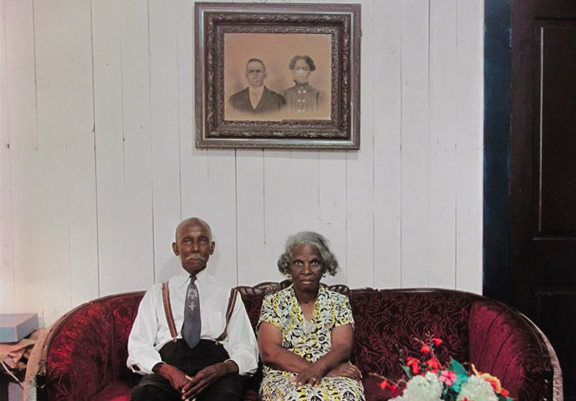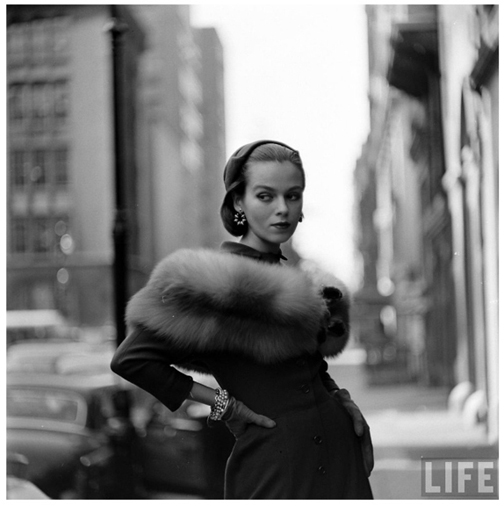“Gordon Parks is the most important black photographer in the history of photojournalism. Long after the events that he photographed have been forgotten, his images will remain with us, testaments to the genius of his art, transcending time, place and subject matter.” — Dr. Henry Louis Gates, Jr., Director of the W.E.B. Du Bois Research Center at Harvard University
Born in 1912, Gordon Parks had much to overcome as a child: poverty, the death of his mother when he was just 14, racism, and learning to get by on his own after leaving home as a teenager. It is when he was 25 that he saw a copy of a magazine that changed his life forever. The magazine featured documentary photographs by famous photographers like Dorthea Lange, Arthur Rothstein, Jack Delano, and Ben Shahn, and their work inspired him.
“I saw that the camera could be a weapon against poverty, against racism, against all sorts of social wrongs… I knew at that point I had to have a camera,” Parks said.
Parks quickly purchased a camera of his own at a pawn shop in Seattle. Shortly after, he had honed his photographic skills and took an interest in fashion photography, as well as documenting the segregated lives of blacks living in communities such as Harlem; Mobile, Ala., and Chicago’s South Side. His work was so powerful that he got the attention of Life Magazine and Vogue.
Life hired him as a staff photographer and writer, making him the first African American photographer to be on staff. Parks also freelanced for Vogue. Some of his subjects included Malcolm X, Muhammad Ali, Langston Hughes, Gloria Vanderbilt, Ingrid Bergman, and Robert Rossellini. For many of Life Magazine’s viewers, Park’s photojournalistic work was an eye-opening portrayal of what life was like in many black communities in the 1950s and ’60s.
In addition to being an outstanding photographer, Parks was also a skilled writer, musician-composer, and filmmaker. After writing the autobiographical novel, “The Learning Tree,” he wrote a screenplay and adapted it for the big screen in 1969. Parks’ direction on “The Learning Tree” made him the first African American to direct a major Hollywood motion picture. His direction on the 1971 film, “Shaft,” was also a major Hollywood success.
So, let’s take a look at some of the excellent photographs that Gordon Parks has made over the years.
Portraiture:
“American Gothic,” 1942 (one of Parks’ most famous photographs)
Malcolm X Addressing Black Muslim Rally in Chicago, 1963
Muhammad Ali, Miami, Florida, 1966
Langston Hughes, 1941
Photojournalism:
“At Segregated Water Fountain, Mobile, Alabama,” 1956
“Colored Entrance, Mobile, Alabama,” 1956
“Mr. and Mrs. Albert Thornton, Mobile, Alabama,” 1956
“Norman Jr. Reading in Bed,” New York, 1967
“The Fontenelle Family: Bessie with her children Kenneth, Richard, Norman Jr., and Ellen,” New York, 1967
“Emerging Man,” Harlem, 1952
Fashion Photography:
Comtesse Alain de la Falaise, Paris, 1949
Gloria Vanderbilt, 1952
Ingrid Bergman, Stromboli, Italy, 1949
For further viewing, the New York Times Lens Blog has excellent galleries featuring more of Gordon Parks’ fashion photography and photojournalism.















